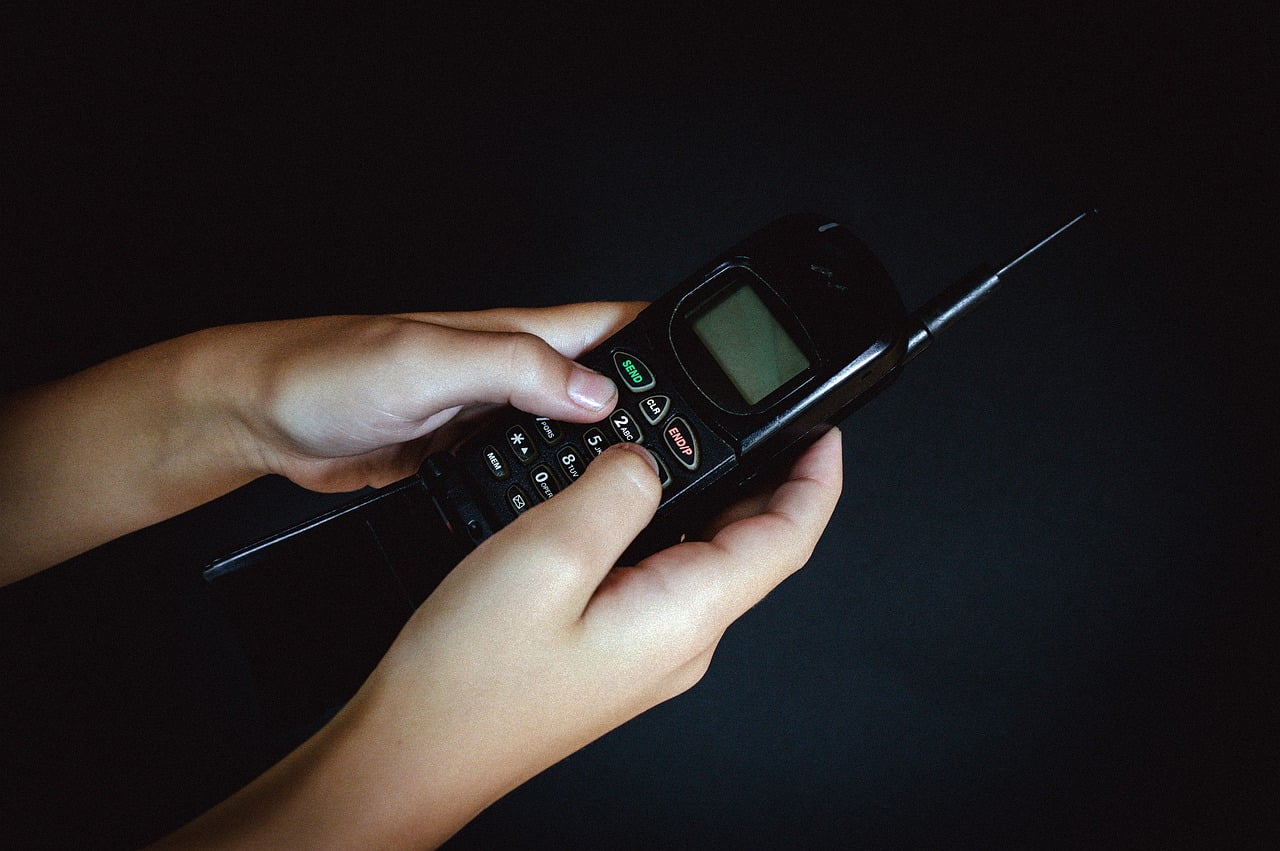Do you know : “How much memory did the first smartphone have?” Lets know about that 1st smartphone of the world and its specifications.
How much memory did the first smartphone have?
The First Smartphone had only 1Mb of Total Memory. The first true smartphone is generally considered to be the IBM Simon, which was released in 1994. The Simon featured many of the capabilities we now associate with smartphones, including a touchscreen, apps, and wireless connectivity. However, by today’s standards, the Simon had very limited memory and storage capacity.
Also Read : Make Money by Investing in Stocks
The IBM Simon’s Specifications
The Simon had just 1MB of total memory. This included both RAM, which is used for running apps and processing tasks, as well as onboard storage for the operating system, apps, and user data.
1MB of memory was tiny, even by 1994 standards. As a comparison, some laptops and desktop PCs at the time came with 8MB of RAM or more. However, the limitations of the Simon’s hardware were understandable given the newness of smartphone technology at the time.
In addition to the 1MB of built-in memory, the Simon allowed for external storage via PCMCIA cards (also known as PC cards). With these cards, users could add up to 8MB of additional storage for apps and data.
How the Simon Compared to Early Cell Phones
While the Simon had limited memory compared to PCs of its era, it actually had significantly more memory than most cell phones that preceded it.
For example, the Motorola DynaTAC 8000x, one of the earliest handheld cellular phones from the 1980s, had only about 30kB of memory. The Nokia 1011, a popular GSM phone from the early 1990s, had 250kB of memory.
Also Read : How AI is considered threat to Humans
So while 1MB doesn’t seem like much today, it represented a major leap forward in memory capacity for a handheld mobile device. This allowed the Simon to store and run multiple third-party apps, which was revolutionary for a phone at the time.
Impacts of the Memory Limitations
The Simon’s tiny 1MB memory capacity severely limited what it could do. With such constrained onboard storage, the Simon could only run a few built-in apps at a time. Support for third-party apps was also very restricted.
As well, with no way to store large files or media on the device itself, the Simon had limited multimedia capabilities. There was no built-in camera, and it could not play music or video files. Any multimedia usage had to rely on expandable storage via PCMCIA cards.
In today’s world of smartphones with gigabytes of memory and storage, it’s difficult to imagine using a phone with only 1MB total memory! But these severe limitations represented tradeoffs that were necessary in order to make a smartphone viable with 1994-era technology.
How Memory Capacity Has Improved in Smartphones
Memory capacities in smartphones have improved by orders of magnitude since the IBM Simon first introduced the concept:
- By the late 1990s, smartphones like the Nokia 9000 Communicator had 8MB of onboard memory.
- In the early 2000s, devices like the BlackBerry had between 16-64MB of memory.
- The first iPhone in 2007 had 128MB of RAM.
- Today’s smartphones now regularly have 4, 6, 8, or even 12GB of RAM, along with anywhere from 64GB to 1TB of onboard flash storage.
So while the Simon only had 1MB to work with, this still represented an enormous leap forward for mobile devices. And it laid the groundwork for the smartphones of today with capabilities far beyond what anyone could have imagined in 1994.
Also Read : Apple Co-founder Steve Jobs Remarkable Story – Read Now



